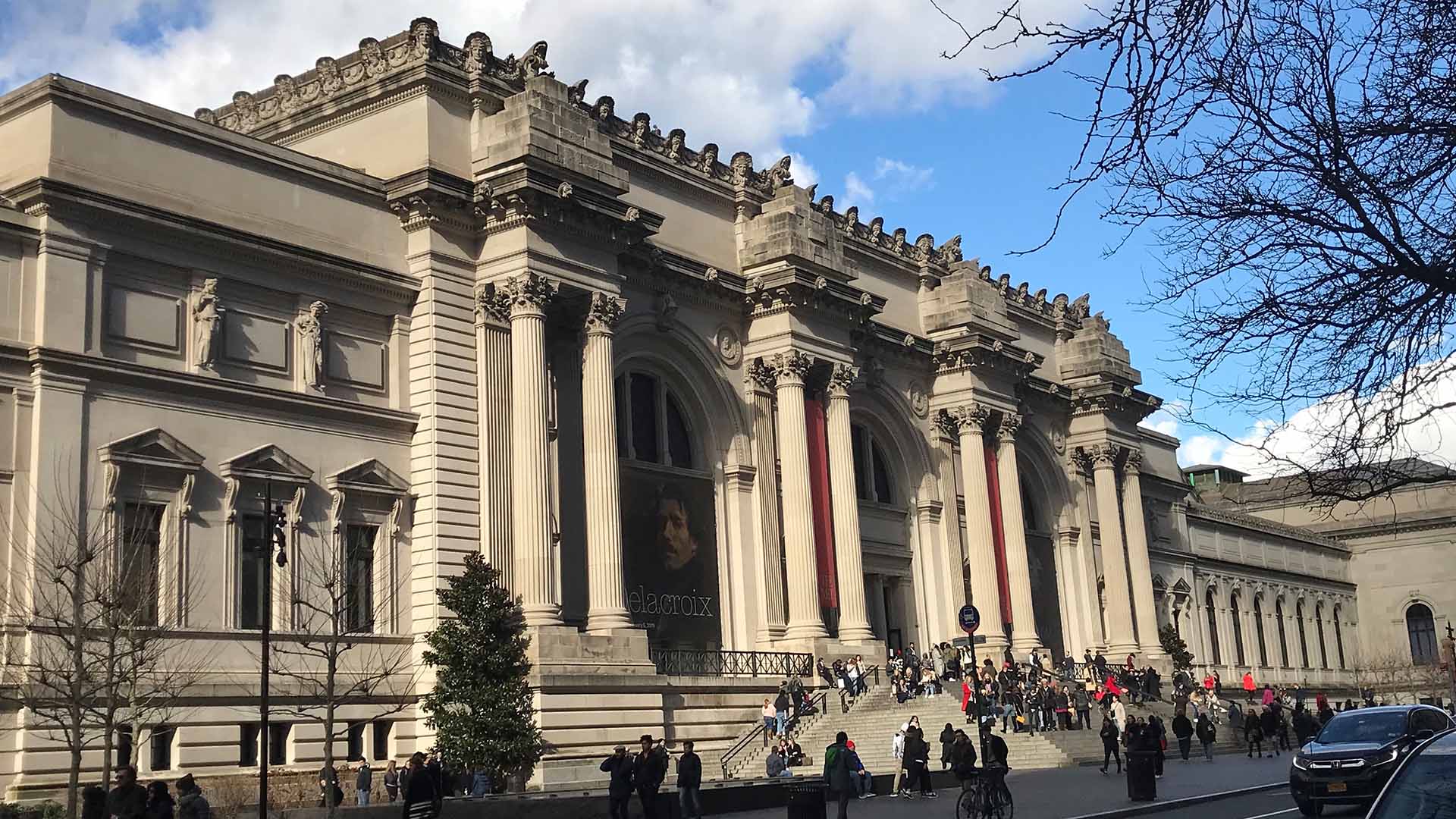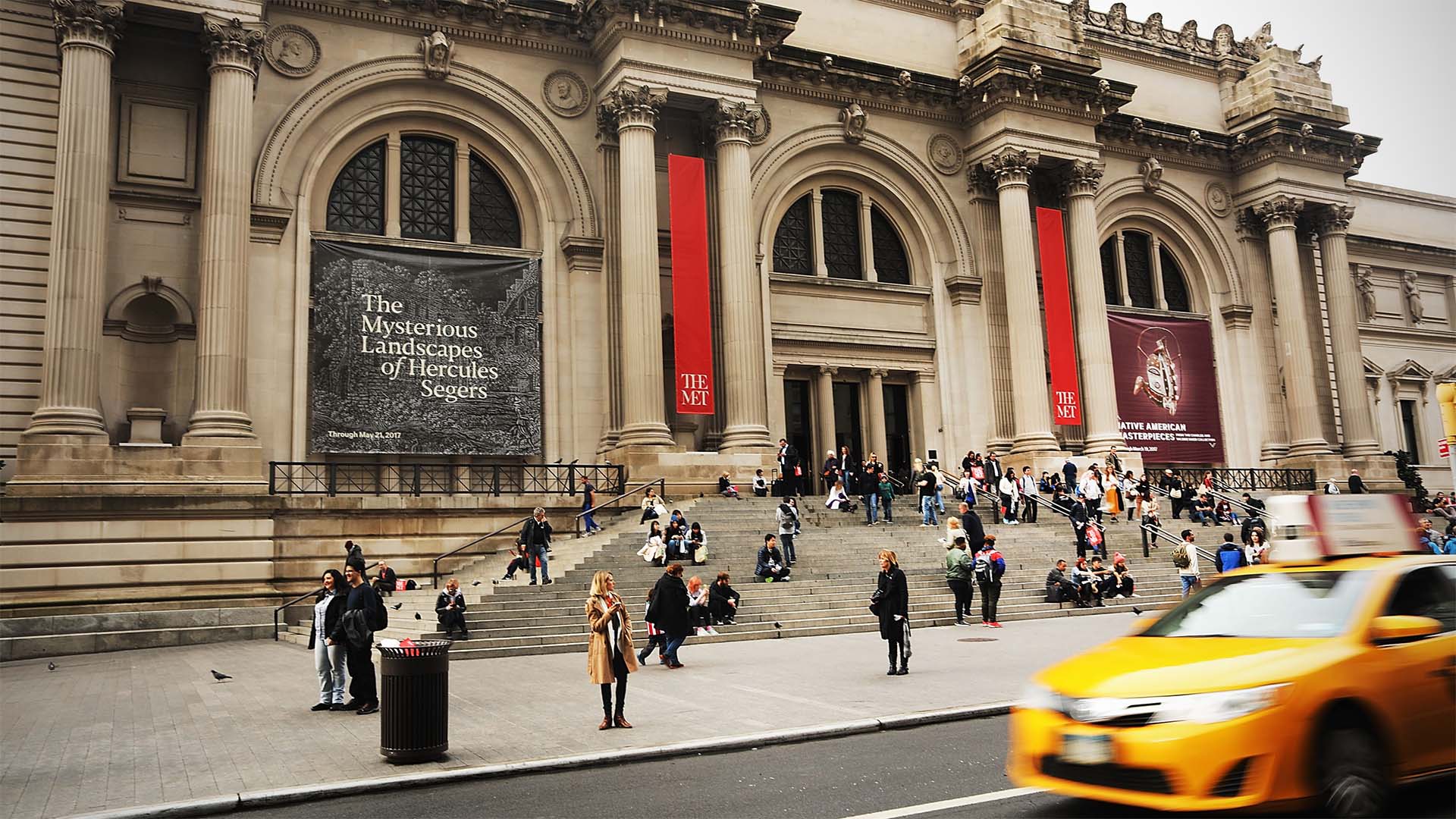IMPACT
Met taps Sotheby’s executive to lead new provenance research team
The long-awaited appointment, which elicited skepticism from some in the art world, follows investigations by ICIJ and others into the origins of the museum’s treasures.

New York’s Metropolitan Museum of Art has named an executive from one of the world’s biggest auction houses as its new head of provenance research following intense scrutiny over the murky origins of hundreds of works in its collection.
Lucian Simmons will lead a newly created team tasked with scouring the Met’s collection, and vetting potential acquisitions, to identify cultural property and objects that may have Nazi-era provenance. He will begin the role in May, roughly one year after it was announced.
Simmons currently serves as global head of restitution for renowned art and luxury goods broker Sotheby’s, where he has worked for almost 30 years.
His appointment has elicited skepticism from some in the art world. Like the Met, Sotheby’s has been accused of turning a blind eye to inadequate or suspicious origin records. But Met director Max Hollein told the New York Times that Simmons’ experience uniquely qualified him for the role.
“He probably had to deal with more issues at Sotheby’s than have many other institutions,” Hollein said. “You have to vet and scrutinize a huge number of objects. He’s someone who understands the theory but who also has a very practical attitude.”
The Met has recently been forced to reckon with the extent to which its collection of 1.5 million-plus works includes looted artifacts, in part due to investigations by law enforcement and media outlets, including the International Consortium of Investigative Journalists.
In March 2023, ICIJ’s Hidden Treasures investigation identified at least 1,109 works in the museum’s catalog previously owned by people either indicted or convicted of antiquities crimes; 309 of them were on display. The findings coincided with a flurry of seizures of stolen works from the Met by state prosecutors.
The museum has since touted several high-profile repatriations, including a recent agreement to return 14 ancient sculptures to Cambodia and two to Thailand. At the time, the Met said the sculptures accounted for “all Khmer works known by the Museum to be associated with the dealer Douglas Latchford.”
Latchford is accused of playing a key role in the decades-long pillaging of sacred Southeast Asian sites that led to stolen treasures being scattered around the world.
Eleven of the 16 repatriated works were flagged by ICIJ in questions sent to the Met as part of an investigation into his dealings with prominent art institutions, published in October 2021 with Finance Uncovered and The Washington Post.
Sotheby’s has been a leader in an art market where shrugging off provenance concerns for items of cultural property has been the norm.
— art historian Angela Chiu
Last year, the National Gallery of Australia announced it would return three millennia-old bronze statues bought from Latchford in 2011 for $1.5 million to Cambodia. The NGA’s senior provenance curator Bronwyn Campbell previously told ICIJ the museum would no longer participate in the antiquities market as it was “too risky and ethically fraught.”
“It’s very, very rare for objects to have the level of provenance that we would need to be able to ethically acquire them,” she said.
Like top museums, auction houses have been criticized for benefiting from shadowy supply chains that enable the trafficking of valuable antiquities. Sotheby’s has also been embroiled in several provenance scandals and accused of selling Nazi-looted objects.
“Sotheby’s has been a leader in an art market where shrugging off provenance concerns for items of cultural property has been the norm,” said art historian Angela Chiu, who is an expert in Asian art and the antiquities market.
“Whatever the individual’s personal qualities, the Met’s turn to the auction house signals that it’s business as usual at the Met and inevitably raises skepticism about the museum’s avowed new focus on provenance and restitution of cultural property.”
The Met did not respond to requests for comment but Simmons told the New York Times he had emphasized transparency at Sotheby’s and planned to do the same in his new role.
In its statement about Simmons’ appointment, the Met also announced several newly hired or promoted researchers would also join the provenance unit, boosting its numbers from six to 11.
“I look forward to collaborating with the exceptional staff already focused on this important work and to furthering the Museum’s mission,” Simmons said.


